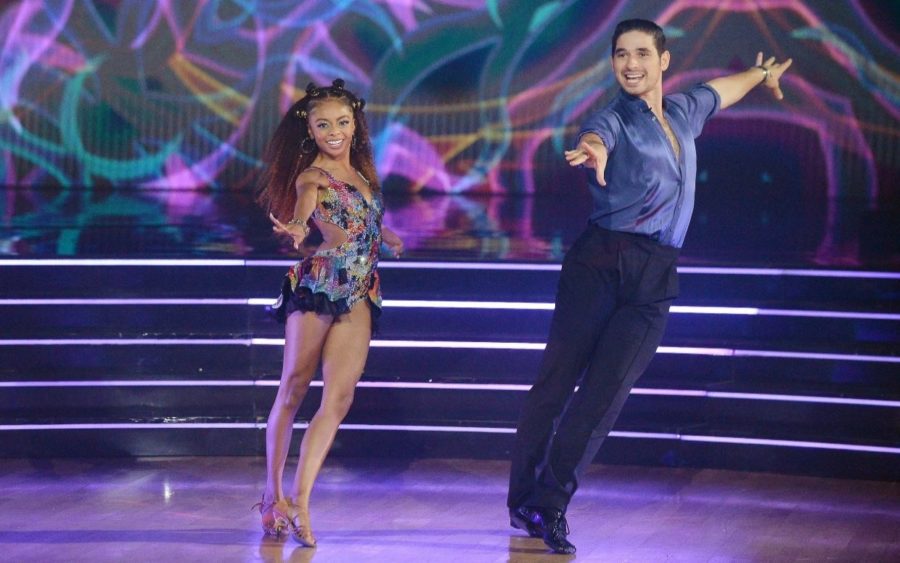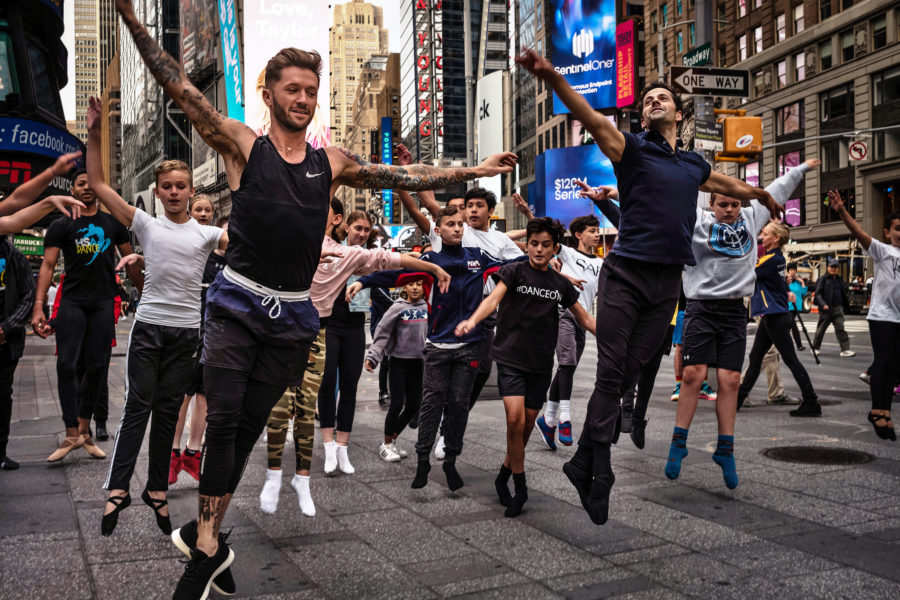During the period when the pandemic seemed to be fading, all people wanted to do was move their bodies.
Feeling the blues? Try dancing! There is power in moving to the beat of music or to the rhythm of your own body. Regardless of how graceful you are on the floor, everyone can — and should — dance. Not only is it a sweat-inducing workout, but dancing is also an activity that uplifts your mood and opens up opportunities to connect with other people.
Dance as a form of exercise
For a lot of people, working out feels like a chore or even a form of punishment. Having this kind of mindset is not an effective way to making physical activity a habit, which is why finding activities that don’t feel like exercise is key. Dancing is one of those. Just an hour of moderate dancing can burn around 330 to 488 calories, depending on your body weight. A heavier person will naturally burn more calories for the same amount of intensity.
In comparison, an average person burns an estimated 636 to 816 calories for 60 minutes spent running at six miles per hour. Though this means that going for a run will burn more calories, the repetitiveness makes it much more difficult to sustain. And in contrast, boredom is not something you’ll normally experience while dancing.Read more from Dance land

The following written content from Carina del Valle Schorske
For most of2020, I passed the pandemic alone in my studio apartment. I turned 33, then 34, and my body seemed to grow old without bringing my spirit along with it. My right knee was clearly deteriorating — I couldn’t sit cross-legged at my desk the way I used to — and because I wasn’t wearing makeup, I could track each age spot as it bloomed to the surface. When I pulled my hair back in a tight ponytail, I could see a patch of scalp. But in that same period had my life evolved at all? Had I met anyone? Surprised myself? Stemmed the tide of collective crisis? My mother often urged me to dance, just a little, by myself in the kitchen — “It’s good medicine,” she said, “despojo.”
I’ve never known what “despojo” means, precisely, though it’s a word I use with some frequency to express a physical craving for spiritual catharsis: “Necesitamos despojo, quiero despojarme.” Or, watching a friend gain momentum on the dance floor and begin to enter a self-forgetful trance: “Esoooo! Des-po-jo!” My Spanish-English dictionary has only the verb (to despoil, to shed leaves) and the plural noun (the spoils of war, mortal remains, rubble, waste). Google Translate: dispossession.
It’s strange to discover that a word I associate with rejuvenation technically has more to do with death and disaster. I guess “despojo” comes to me, via Puerto Rican Spanish, in a register already worked through by ritual, by generations of people who’ve had to scavenge something good from the many losses of forced migration. The “despojo” I’ve desired articulates a paradox. In order to repossess the body, it’s necessary to dispossess it; in order to feel alive, it’s necessary to get in touch with what’s already dead. But when I say “despojo,” I don’t always mean to sound so serious. Sometimes I mean that I want very badly to pin somebody to the club wall with my butt.
Even though it’s better, as my mother recommended, to dance alone than not at all, the “despojo” I’d been dreaming of was social. In isolation, I’d felt myself stiffen into a form so familiar it had come to seem inescapable. I wanted my body to influence and be influenced by other bodies — this time not as a vector of disease but as a vector of pure feeling.
This impulse has a history. According to the French historian Philippe de Felicé, “Eras of greatest material and moral distress seem to be those during which people dance most.” A medieval dancing mania swept through Europe following the height of the Black Death, when between 500 and 800 people died every day in Paris and Saint-Denis, and when alternating waves of flood and drought caused widespread famine. In her book “Choreomania,” Kélina Gotman argues that the medieval frenzy was really a mix of phenomena transpiring over centuries — intensified midsummer celebrations, municipal feasts meant to placate the masses, traditional pilgrimages that surged with new enthusiasm. But historical accounts leave little doubt that the boom in public dancing had something to do with the proximity of death. In 1348, two monks traveling through Paris observed a band of people in the street frolicking to the music of drums and bagpipes. When the monks asked the revelers why they were making such a scene, they replied, “We have seen our neighbors die and are seeing them die day after day, but since the mortality has in no way entered our town, we are not without hope that our festive mood will not allow it to come here, and this is the reason for why we are dancing.”
Occasionally, the dancing itself was fatal — there were those who dropped dead from exhaustion, and in Utrecht, 200 people danced on a Mosel bridge until the structure collapsed and many drowned. Folklore with roots in this period, like “The Pied Piper of Hamelin,” warns of rhythm’s seductive power. So do later tales like “The Red Shoes,” in which the young girl who wears them must have her feet cut off to halt her cursed dancing. That story frightened me as a child, but it also shaped a lasting preference. When I go out, I find myself reaching for wine-colored suede ankle boots with a Cuban heel, as if to court the ecstasies of enchantment. Read more from NYT





